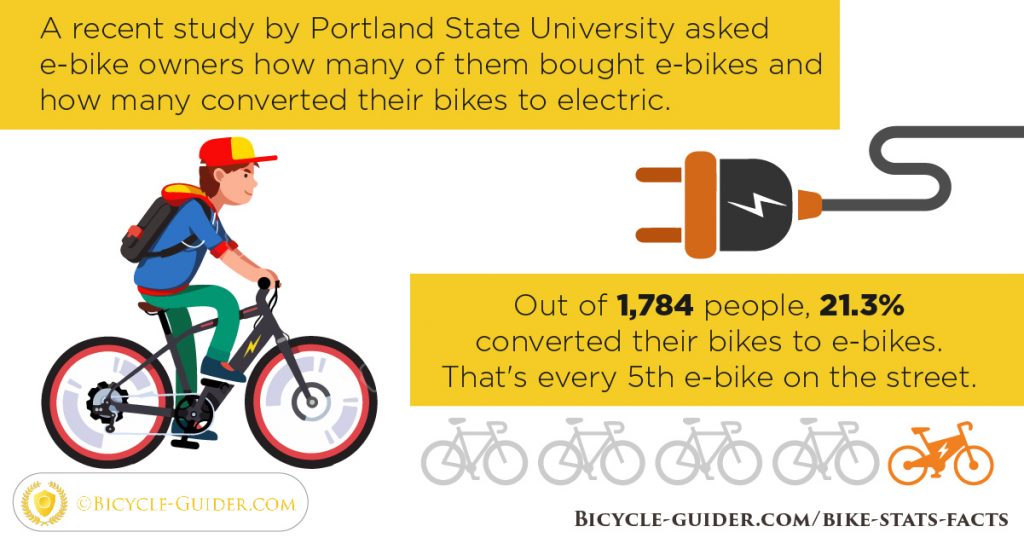Important Insights Into E-Bike Regulations And Regulations For Beginners In Your City
Important Insights Into E-Bike Regulations And Regulations For Beginners In Your City
Blog Article
Short Article By-Perkins Hebert
Before you get on your e-bike and hit the streets, it's critical to recognize the legislations and laws that control your city. From rate restrictions to designated riding areas, there's a lot to take into consideration to ensure you're compliant and risk-free. By familiarizing yourself with the policies particular to e-bikes, you'll be better furnished to enjoy your experiences with no unexpected lawful concerns. Keep tuned to uncover vital insights that will certainly assist you navigate the e-bike landscape in your city effortlessly.
Comprehending E-Bike Category
When it pertains to browsing the world of e-bike regulations and laws, an important starting point is comprehending the category system that categorizes these electrical bikes. E-bikes are usually classified right into three major classifications: Course 1, Class 2, and Class 3.
Class 1 e-bikes are pedal-assist only, meaning they supply aid while the motorcyclist is pedaling and have a maximum speed of 20 miles per hour. These bikes are admitted locations where standard bikes are permitted.
Class 2 e-bikes are geared up with a throttle that can thrust the bike without pedaling. They additionally have a maximum speed of 20 miles per hour and are suitable for riders who might require assistance without pedaling continuously.
Class 3 e-bikes are similar to Course 1 however with a higher maximum speed of 28 mph. These bikes are usually restricted from particular bike paths or tracks because of their higher rates.
Understanding these categories is important for abiding by regional policies and ensuring a risk-free and pleasurable e-biking experience.
Browsing Rate Limits and Restrictions
To effectively navigate e-bike legislations and policies, it's important to comprehend the speed restrictions and restrictions that put on various courses of electric bicycles.
Speed limitations for e-bikes vary depending on the category of the bike. Class 1 e-bikes, which are pedal-assist just and have a maximum speed of 20 miles per hour, are usually allowed on bike lanes and courses.
Class 2 e-bikes, which have a throttle along with pedal-assist and also get to speeds of approximately 20 miles per hour, might be limited in certain locations where motorized vehicles aren't permitted.
Course 3 e-bikes, with pedal-assist as much as 28 mph, are usually needed to comply with the exact same policies as typical bikes.
It's important to abide by these speed limits and constraints to ensure your safety and security and the safety and security of others on the road. Prior to riding your e-bike, familiarize on your own with the specific policies in your city to prevent any kind of potential penalties or legal concerns.
Where to Trip Your E-Bike
To figure out where you can ride your e-bike, it's important to be aware of the guidelines and standards certain to your place. In the majority of locations, e-bikes are generally allowed on roadways and roads where standard bicycles are permitted. This may consist of bike lanes, bike paths, and shared highways. Nevertheless, it's important to inspect regional laws as some cities may have specific limitations on where e-bikes can be ridden.
When riding https://pezcyclingnews.com/newswire/puckipuppy-boxer-electric-fat-tire-bike-for-hunting/ -bike, always focus on safety and security by adhering to web traffic policies and appreciating pedestrian sidewalks. Additionally, be mindful of any type of designated bike lanes or courses in your area and utilize them whenever possible to make sure a smoother and more secure trip.
Some cities likewise have regulations pertaining to e-bike usage on walkways, so make sure to acquaint on your own with these guidelines to stay clear of any kind of penalties or fines.
navigate to this website
Since you're familiar with the legislations and guidelines bordering e-bikes in your city, you can with confidence hit the trail knowing where you can ride and what constraints apply to your e-bike category. Remember to constantly prioritize safety and follow the guidelines to guarantee a smooth and legal experience. Satisfied riding!
